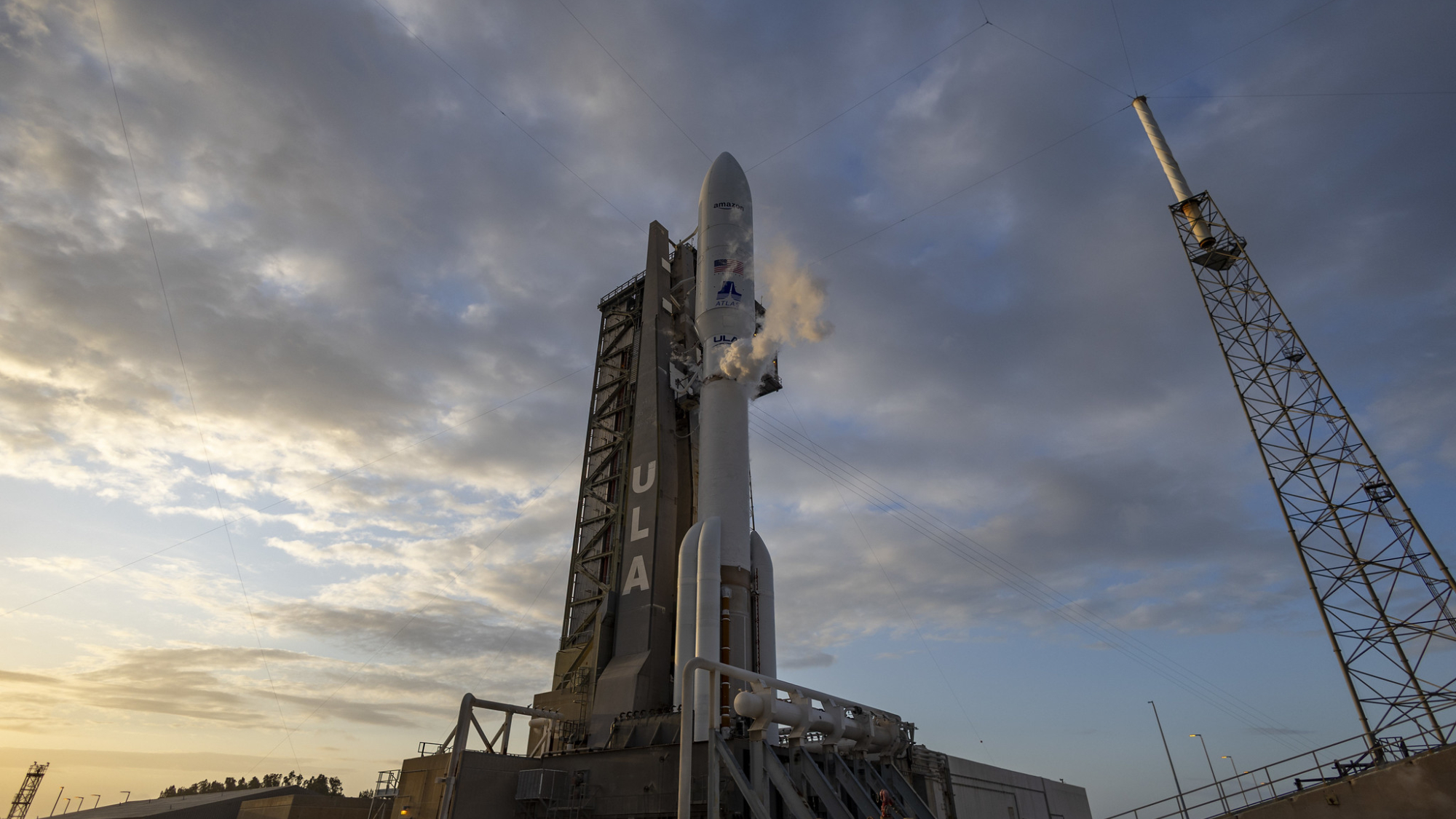Cretaceous asteroid armageddon ignites TV screens in 'Dinosaur Apocalypse'
A two-part special pieces together the dinosaurs' doomsday.

A fateful day some 66 million years ago, a 7.5-mile-wide (12 kilometer) space rock slams into Earth, setting off a series of events that ended the age of dinosaurs. From the dinosaurs' perspective, it's one of the unluckiest days for life on Earth, and a new TV special reconstructs what happened using freshly unearthed evidence.
"Dinosaur Apocalypse," part of NOVA's science series, airs in two parts beginning on May 11 on PBS. In the documentary, narrated by Sir David Attenborough, you'll follow paleontologists as they dig up new fossils, and then watch their findings play out with dinosaurs rendered with computer-generated imagery (CGI).
These scenes and the entire program center around discoveries made at a section of the Hell Creek Formation in North Dakota called Tanis, where researchers suspect they've found a mass graveyard of animals killed soon after the asteroid struck. "We're excited to bring viewers along on this journey as scientists excavate this extraordinary dig site," Julia Cort, a NOVA co-executive producer, said in a statement.
"We're able to look over the shoulders of paleontologists uncovering some of the rarest fossils ever found in North America — perhaps in the world — that if confirmed, could help illuminate the most dramatic single day in the history of the planet," Cort added.
Related: Darkness caused by dino-killing asteroid snuffed out life on Earth in 9 months
Filmed over three years, the special takes a detailed look at the work of Robert DePalma, a doctoral student at the University of Manchester in England, and his team. Viewers will see breathtaking discoveries of a pterosaur embryo still in its egg and a piece of Triceratops skin, and more in the first part of the special, called "Dinosaur Apocalypse: The New Evidence."
In part two, "Dinosaur Apocalypse: The Last Day," the team uncovers more evidence that the fossils at Tanis represent victims of the extinction event that ended the Cretaceous period (about 145 million to 66 million years ago), wiping out about 80% of Earth's animal life. Fossils include a dinosaur leg that looks like it could have been ripped off a Thescelosaurus — a small bipedal dinosaur — in the wake of the asteroid hitting what is now the Yucatán Peninsula in Mexico, where the impact left a deep scar known as the Chicxulub crater.
Get the Space.com Newsletter
Breaking space news, the latest updates on rocket launches, skywatching events and more!
Striking new fossils paint a picture of life right before the asteroid impact."Dinosaur Apocalypse: The New Evidence," hour one of a two-hour special, premieres on WED MAY 11 at 9/8c on @PBS: https://t.co/aOHtsyvgKj pic.twitter.com/CDZjxRFReXApril 29, 2022
However, not all experts are convinced that the Thescelosaurus featured in the documentary died on the day the fateful asteroid struck Earth, or they are withholding judgment until all the findings are published in peer-reviewed journals, Live Science previously reported.
The documentary is co-produced by PBS and BBC Studios Science Unit. A version of this documentary called "Dinosaurs: The Final Day with David Attenborough" aired on BBC One in the U.K. on April 15, 2022. However, the new two-part NOVA special includes additional experts commenting on the findings who didn't appear in the U.K. version.
"Dinosaur Apocalypse: The New Evidence," airs on May 11 at 9 p.m. ET on PBS, followed immediately by "Dinosaur Apocalypse: The Last Day" at 10 p.m. ET. The episodes will also be available to stream online at pbs.org/nova and on the PBS video app.
Originally published on Live Science.
Join our Space Forums to keep talking space on the latest missions, night sky and more! And if you have a news tip, correction or comment, let us know at: community@space.com.
Patrick Pester is a freelance writer for Space and previously a staff writer at Live Science. His background is in wildlife conservation and he has worked with endangered species around the world. Patrick holds a master's degree in international journalism from Cardiff University in the U.K.










